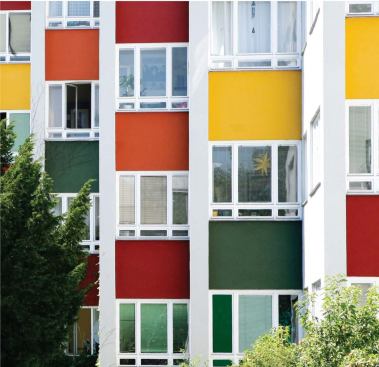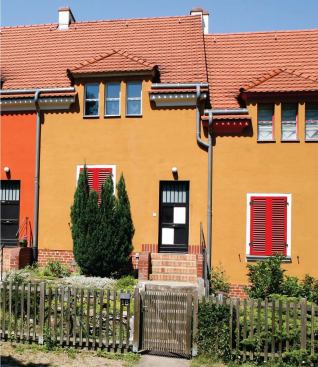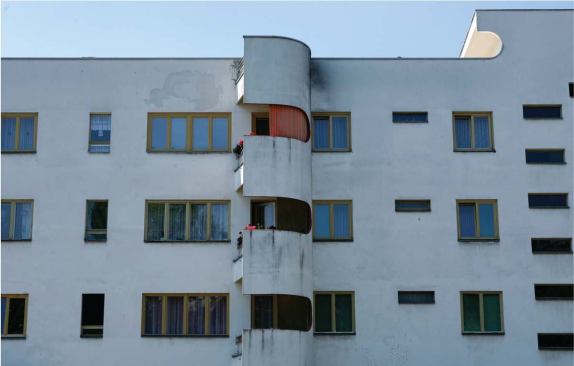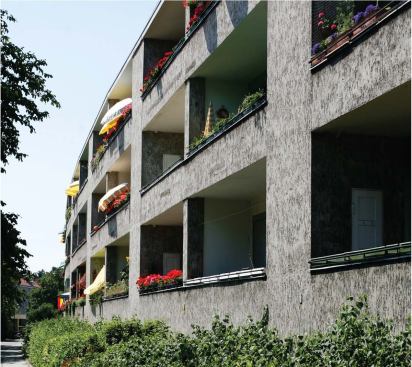AP Images
In July, UNESCO delegates voted to add six modernist housing est…
Weimar public housing architecture may be loved in Germany, but its legacy outside the country has fared poorly. For too many people, particularly in the United States, Modernist German architecture is too easily conflated with the Bauhaus, which is too easily conflated with the failed public housing projects that went up in America by the hundreds after World War II. Witold Rybczynski titled a 1993 piece in The Public Interest on Chicago’s infamous Cabrini-Green projects “Bauhaus Blunders”; Bauhaus modernism was likewise blamed by some for the 2005 banlieue riots in suburban Paris, in which immigrant youth battled with police after a teenage boy died while fleeing arrest.
Yet viewed in light of the Berlin estates, the crisis of the modern housing project is not its Modernist provenance but its divergence from the ideals that fueled the movement’s earliest minds. The failure of Cabrini-Green and other projects, like the Robert Taylor Homes on Chicago’s South Side, lay in their complete surrender to the pressures for efficiency and uniformity (not to mention, as historian Arnold Hirsch notes in his book Making the Second Ghetto, the corruption and racism of postwar housing authorities). Their designers were not interested in the paradoxical demand to create a uniform structure that cradled individuality. The dollar trumped diversity.
Saving money is concrete; individualism and community are abstract. And yet it comes together in the end: Design that fosters expression and neighborhood creates healthy, stable communities of people who invest in their built environment. The residents of the Taylor homes didn’t let their buildings fall to pieces because they didn’t care, but because the buildings’ design didn’t give them a reason to. As one person told columnist Mike Royko, “See that balcony, these outside hallways? That’s my kid’s playground. And when that wire fence tears through those little babies fall through and die. Man, this is real isolation.”
Both Cabrini-Green and the Robert Taylor Homes have been torn down, and housing authorities are casting about for a new paradigm for public housing. With reform of the urban built environment back on the minds of politicians and city planners, it’s worth paying attention to the Berlin estates—an example of public housing done right.




